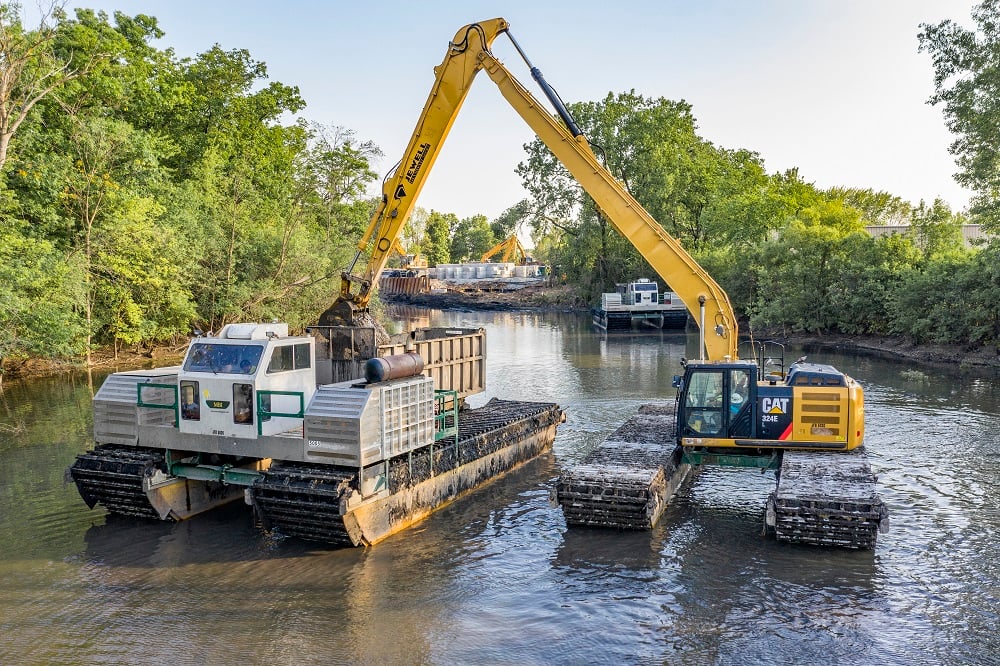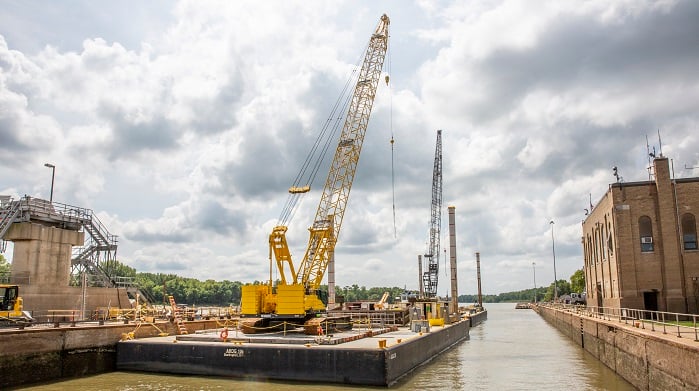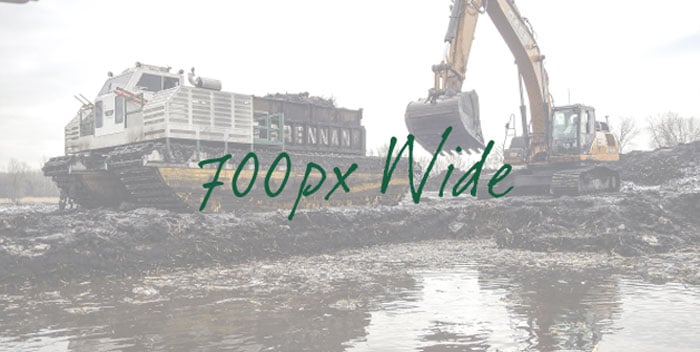Identifying Spillway Failure Risks and Project Background
The Upper Baker Dam Spillway Stabilization project addressed potential failure modes in the dam’s spillway chute’s foundation, identified during a 2019 Federal Energy Regulatory Commission (FERC) Part 12D dam safety workshop. After extensive analysis, design, and consultation with FERC, the project came to fruition.

%20Completed%20Concrete%20Form-104.jpg)




